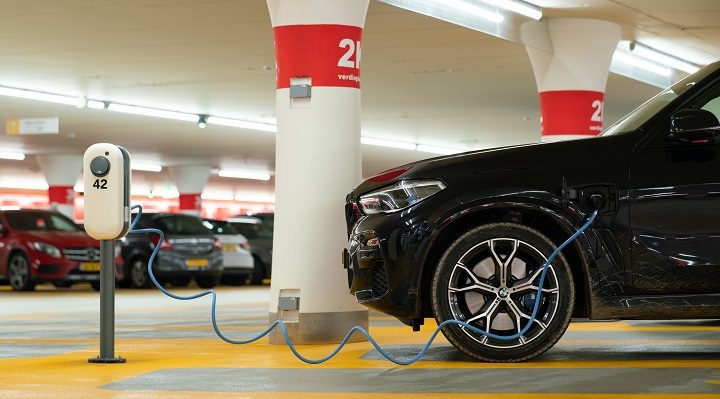The world of transportation is evolving rapidly, with efficiency becoming a top priority. As cities grow, traffic congestion worsens, and concerns about environmental impact mount, the need for innovative solutions has never been more critical. This is where the auto revolution comes into play. In this blog post, we will delve into the various aspects of the auto revolution and its key role in unlocking efficiency within modern transportation systems.
Before we start, a great thanks to cash for cars Brisbane for this super content moat.
Understanding the Auto Revolution
The auto revolution can be defined as a transformative shift in the transportation industry, driven by advancements in technology and a growing emphasis on sustainability. Over the years, we have witnessed the evolution of automobiles from traditional vehicles to smart, connected, and autonomous machines. This revolution has paved the way for a new era of transportation efficiency.
Smart Infrastructure for Efficient Transportation
One of the cornerstones of the auto revolution is the development of smart infrastructure. By integrating advanced technologies with transportation systems, we can optimize efficiency and enhance the overall experience for commuters. Imagine a world where traffic lights, roads, and vehicles seamlessly communicate with each other, ensuring smooth traffic flow and minimizing congestion. Smart infrastructure holds the key to this vision.
Autonomous Vehicles: Transforming Transportation
Autonomous vehicles (AVs) have emerged as the driving force behind the auto revolution. These self-driving cars are equipped with advanced sensors, artificial intelligence, and sophisticated algorithms, enabling them to navigate roads without human intervention. The impact of AVs on transportation efficiency is profound. With precise control, optimized routing, and reduced human errors, AVs have the potential to revolutionize the way we travel and transport goods.
Enhancing Traffic Flow with Connected Vehicles
Connected vehicles play a crucial role in maximizing transportation efficiency. By establishing vehicle-to-vehicle (V2V) and vehicle-to-infrastructure (V2I) communication, these intelligent machines exchange information in real time, leading to improved traffic flow and reduced congestion. Picture a scenario where cars automatically adjust their speed to maintain a smooth traffic flow, avoiding unnecessary stops and starts. This connectivity brings us one step closer to a more efficient and hassle-free transportation system.
Electric Vehicles: Sustainability and Efficiency

As we strive for greener and more sustainable transportation, electric vehicles (EVs) have emerged as a game-changer. EVs significantly reduce emissions and dependence on fossil fuels, making them a crucial component of the auto revolution. With advancements in battery technology and the development of charging infrastructure, EVs are becoming more accessible and practical. Embracing electric vehicles is not only an environmental choice but also a step towards unlocking greater efficiency in transportation.
Mobility as a Service (MaaS): A Paradigm Shift in Transportation
Mobility as a Service (MaaS) is a revolutionary concept that transforms transportation into a convenient and personalized experience. By integrating various modes of transportation, including ride-sharing, public transit, and bike-sharing, MaaS offers a seamless and efficient journey for commuters. With the help of mobile apps and data analytics, users can plan their trips, access different modes of transportation, and pay for services all in one platform. MaaS holds tremendous potential in reducing congestion, optimizing routes, and maximizing resource allocation.
Data Analytics and Optimization in Auto Revolution
Harnessing the power of data analytics and optimization techniques is crucial in unlocking the full potential of the auto revolution. By analyzing vast amounts of data generated by vehicles, traffic sensors, and infrastructure, we can gain valuable insights into traffic patterns, demand, and optimization opportunities. Artificial intelligence and machine learning algorithms can then be applied to optimize routing, allocate resources efficiently, and predict traffic flow. This data-driven approach has the potential to transform transportation systems into highly efficient networks.
Conclusion
The auto revolution is reshaping the landscape of modern transportation systems, with a strong focus on unlocking efficiency. From the integration of smart infrastructure to the rise of autonomous vehicles, connected cars, electric mobility, and Mobility as a Service (MaaS), every aspect of transportation is undergoing a transformative change. By embracing these innovations and leveraging data analytics and optimization techniques, we can create a more efficient, sustainable, and enjoyable transportation future. The auto revolution is not just about moving people and goods—it’s about unlocking new possibilities and reshaping the way we move. Let’s embrace this revolution and pave the way for a more efficient and connected world.



